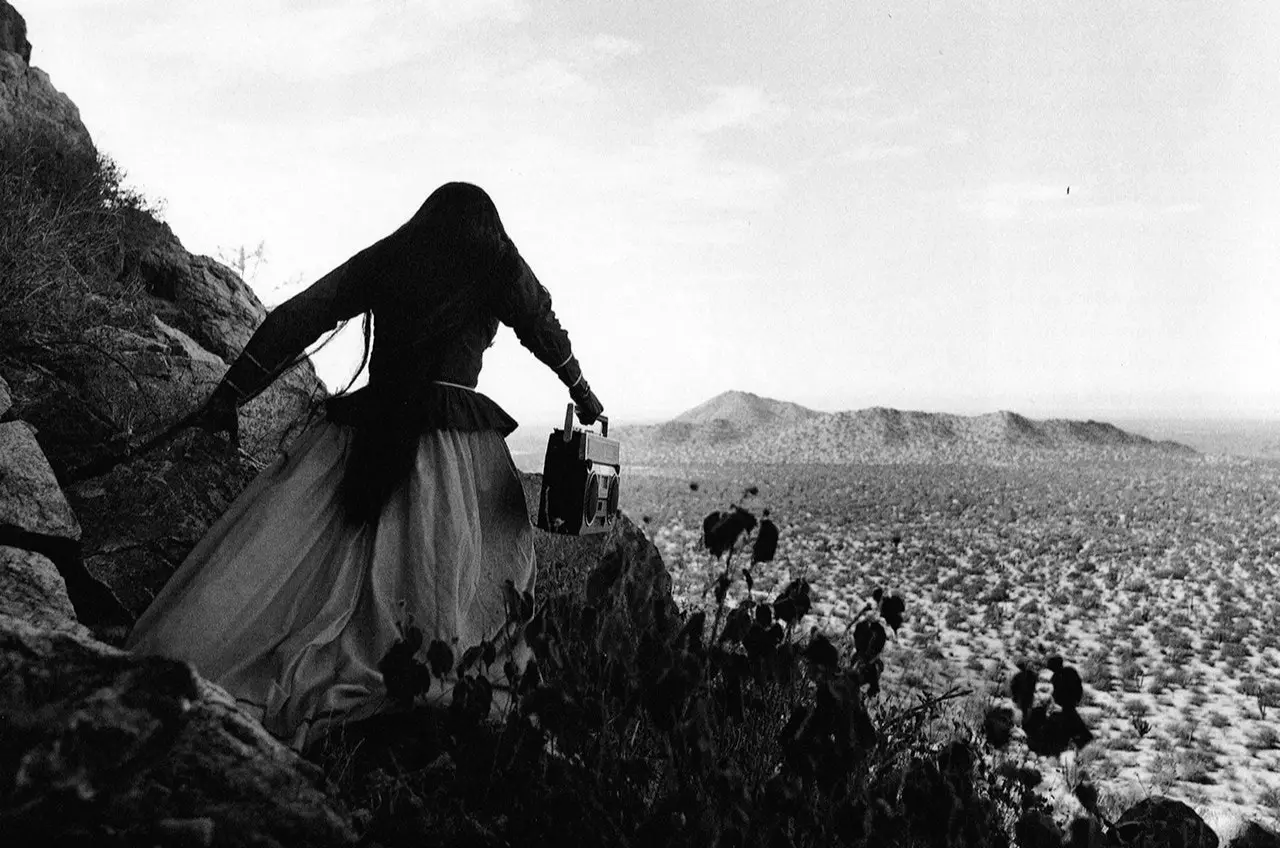
'Angel Woman', an image by Mexican photographer Graciela Iturbide that is part of the 'Live Dangerously' exhibition.
In Washington, one soon realizes, there are more suits, ties and briefcases than anywhere else in the country. And we already know why: government offices, ministries, security cabinets and all those organizations that are articulated around the two great centers of North American power: Parliament and the White House.
And another thing known by all: every conceivable symbol of American patriotism is represented in Washington, from the memorials of great conflicts such as the Second World War, Korea or Vietnam, to stone tributes dedicated to all the presidents who once occupied the Oval Office. There is a lot of masculinity in it all, there is no denying it.
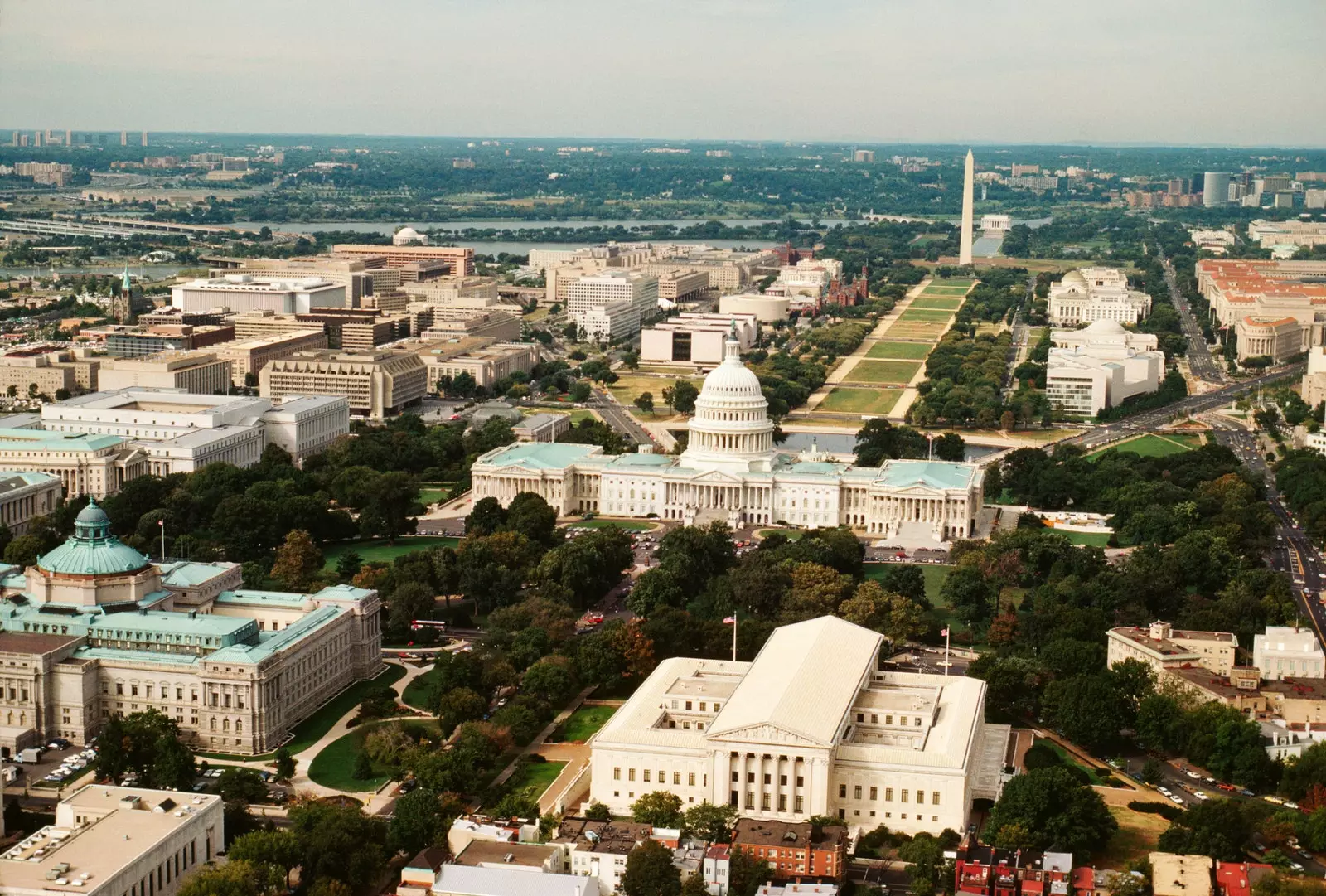
In Washington there are all the organisms that are articulated around the Parliament and the White House.
ART NEVER ENDS
But, although not many know it, Washington is also considered one of America's capitals of culture. The Smithsonian Institute alone has 17 museums and galleries (free to enter) containing more than 150 million objects and works of art. And that's not all: beyond the gigantic Smithsonian collection, the city has 60 more exhibition spaces.
For vindicate the work of so many incomprehensibly ignored or silenced artists Throughout the history of art – where women have often only been the object to be represented – we are going to tour the halls of some of these museums in search of painters, sculptors, photographers and artists from the most diverse disciplines. And they are, we already warned, many.
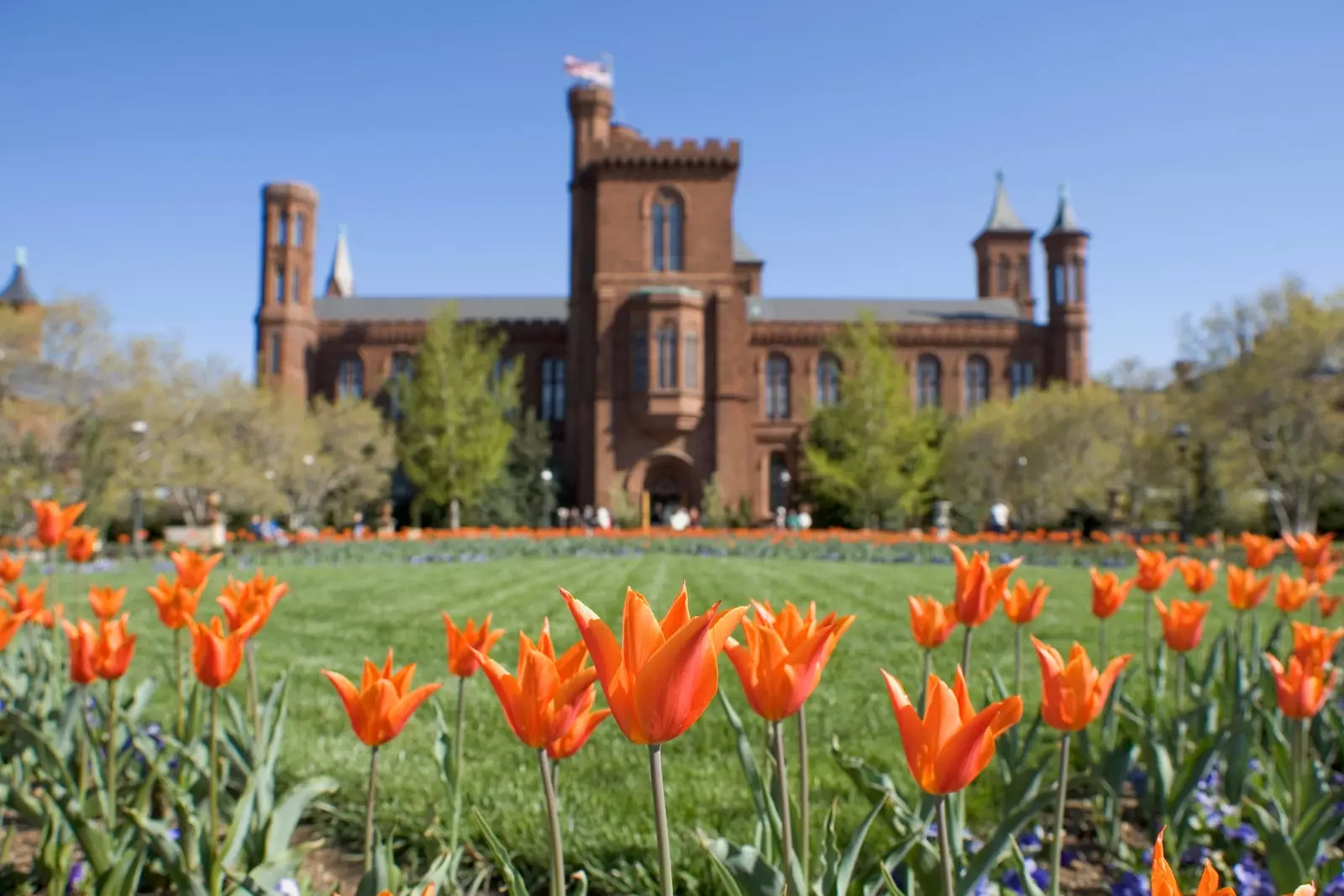
The Smithsonian Institute has 17 museums and galleries.
CREATIVITY IN A FEMININE KEY
An unavoidable point of reference on this feminine route is the National Museum of Women in Arts. "Would you know how to name five women artists?" Its clear and concise slogan has a response that is not easy for most, according to those responsible for the collection.
Beyond Frida Kahlo –whose work Self-Portrait dedicated to Leon Trotsky is exhibited– are exhibited 4,500 works belonging to more than 1,000 authors spanning from the 16th century to the present.
We will shed some light on the answer to the question by mentioning five female creators included in the museum collections: the portraitist Élisabeth Vigée Le Brun, the Parisian sculptor and actress Sarah Bernhardt, the Afro-American sculptor Sonya Clark and the photographers Nan Goldin or Lola Álvarez.
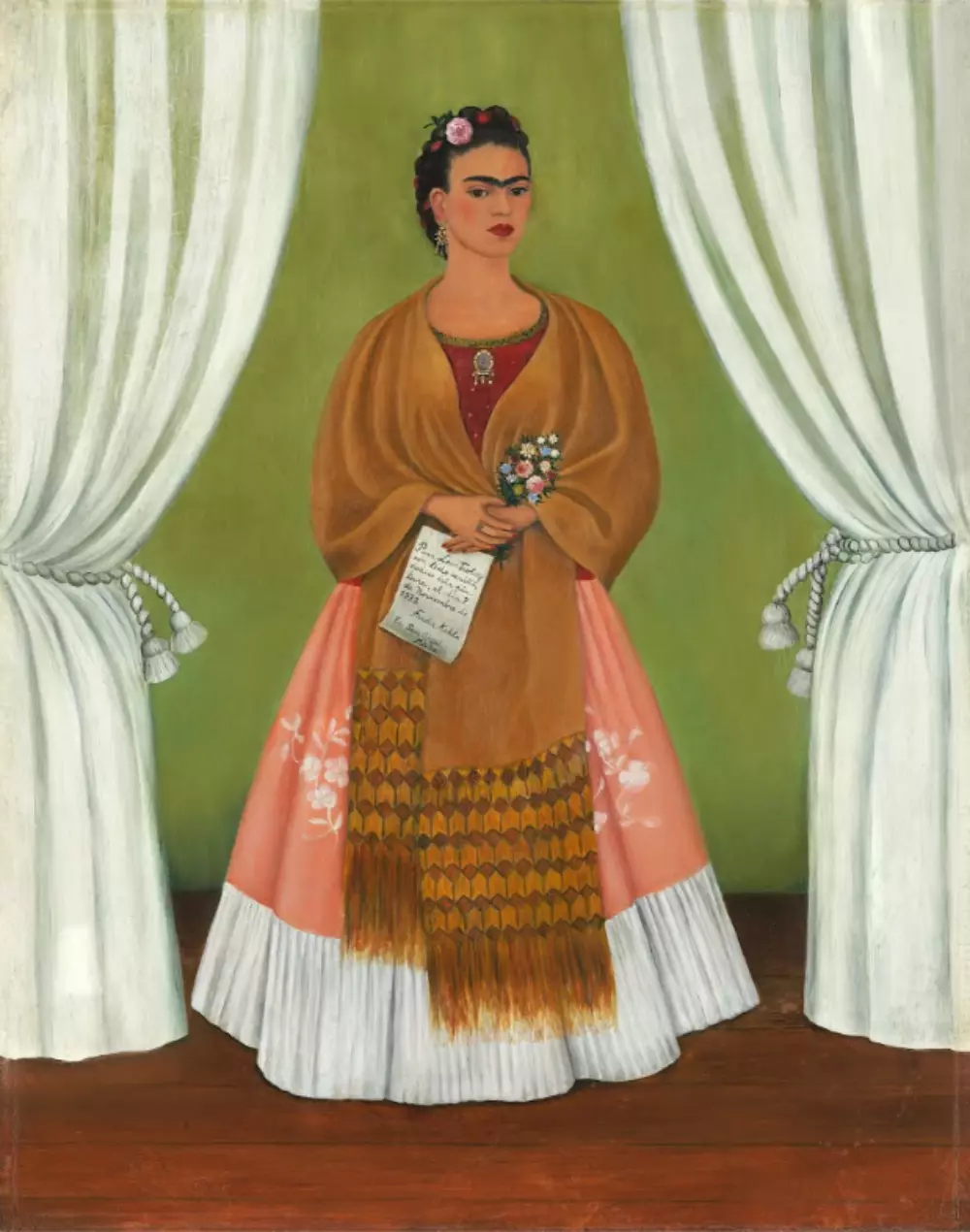
The 'Self-Portrait Dedicated to Leon Trotsky' (1937) in the NMWA collection is the only portrait of Kahlo in Washington, D.C.
NOT ONLY ON THE CANVAS
Another place where many authors take center stage is the National Portrait Gallery, located a short distance from the previous one. Precisely one of the oil paintings that has aroused the most interest in recent months –and which has become one of the main highlights of the collection– is signed by a woman, Amy Sherald, whose official portrait of former first lady Michelle Obama, did not leave anyone indifferent.
The museum also has works by legendary photographers Diane Arbus, Annie Leibovitz –among them the Bruce Springsteen's famous jump and Dorothea Lange.
On the other hand, the National Portrait Gallery has, in its current program, two temporary exhibitions dedicated to women activists: Women of Progress: Early Camera Portraits, which includes a collection of daguerreotypes and ambrotypes from the mid-19th century, with portraits of those who were great feminist icons of the time (until May 31, 2020) ; and the exhibition One Life: Marian Anderson, dedicated to this Afro-American singer who was a anti-racist symbol (until May 17, 2020).
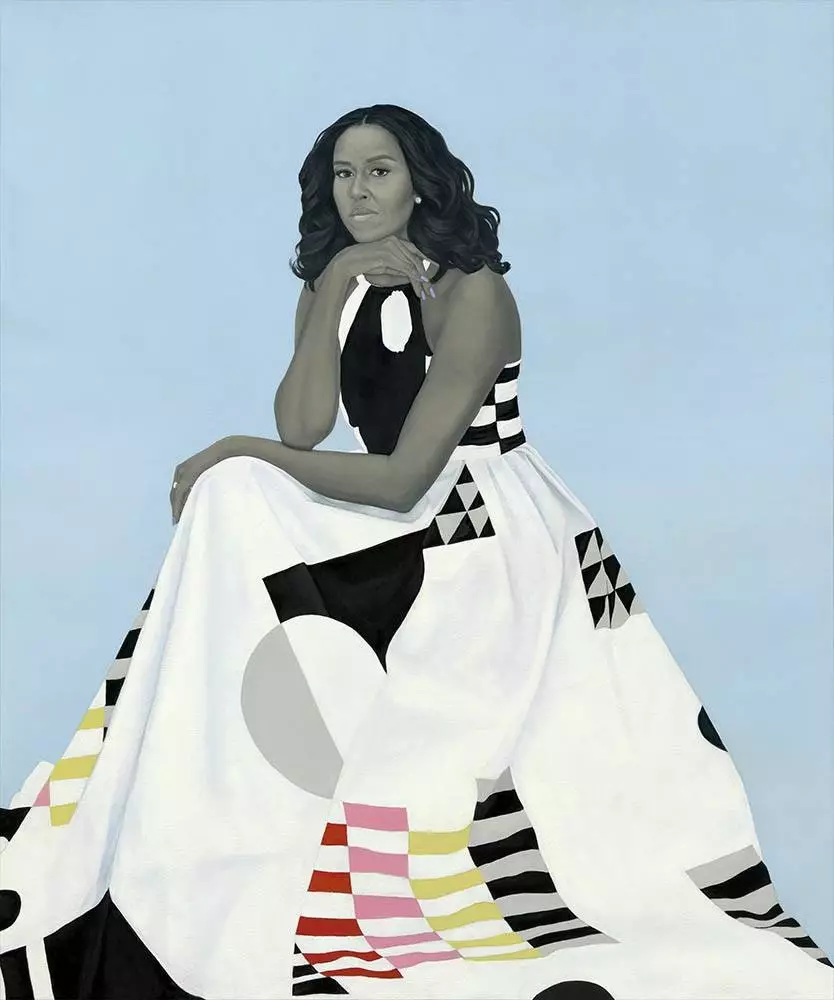
First Lady Michelle Obama by Amy Sherald, 2018, at the National Portrait Gallery, Smithsonian Institution.
ALSO IN JOURNALISM...
Another museum with a relevant female presence, the Newseum, a whole six-story temple dedicated to journalism and press freedom which in the United States is protected by the First Amendment of the Constitution, is about to close its doors (December 31), but it will continue its informative work on an itinerant basis.
There are exhibitions dedicated to major events that changed history (such as 9/11), rooms that explore the profession of reporter and an exhibition featuring all the Pulitzer Prize winners for press photography that have been awarded since the award's creation in 1942. Among them, those won by photographers Carol Guzy (1995 and 2000), Stephanie Welsh (1996), Carolyn Cole (2004) and Barbara Davidson (2011), among others.
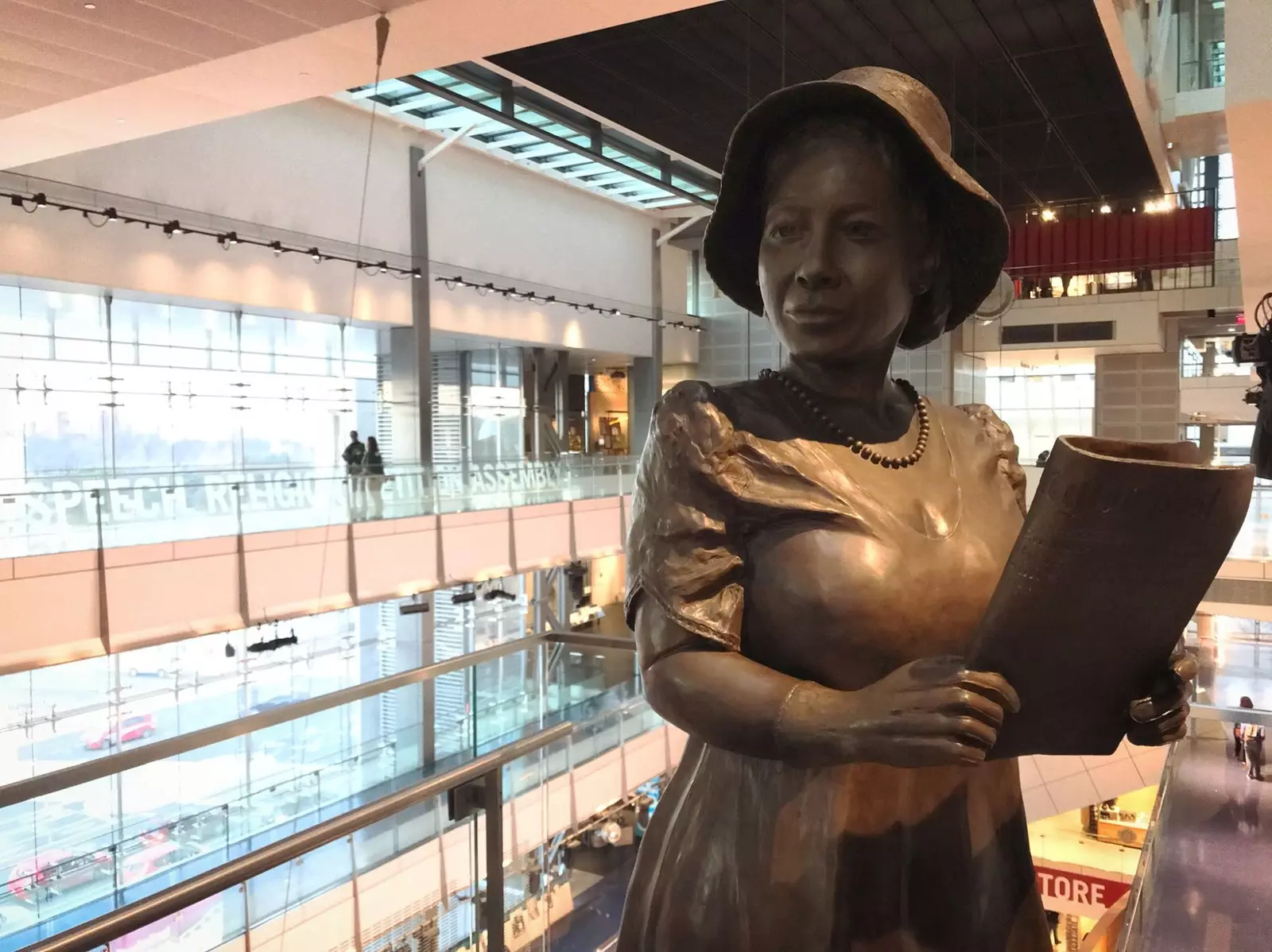
Statue of Alice Allison Dunnigan, the first African-American woman to receive press credentials to cover the White House and Congress, at the Newseum.
...AND IN SCIENCE
In other non-artistic fields we can also break down the protagonism of women. The National Air and Space Museum has dedicated spaces, among others, the nineteenth-century astronomer Henrietta Swan Leavitt; Vera Rubin, a pioneer in measuring the rotation of stars, and Amelia Earhart, the first to cross the Atlantic by plane in 1928.
At the other end of the National Mall – the avenue where some of the Smithsonian's museums are located – is the imposing National Museum of African American History and Culture, where tribute is paid to some influential women in the cultural field and political activism.
Among the most popular rooms is the dedicated to the Afro-American musical universe, where clothing and personal belongings by artists such as Sarah Vaughan and Ella Fitzgerald are exhibited.
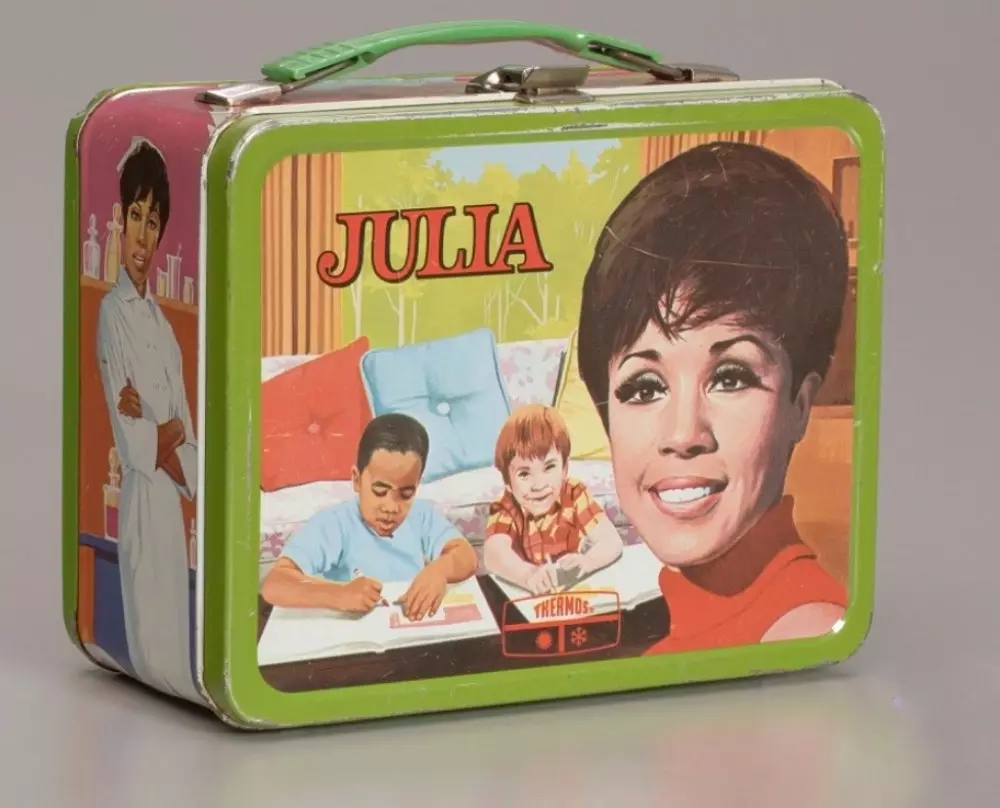
Miscellany of Diahann Carroll, the first African-American woman to become the star of a television series in the 1960s.
